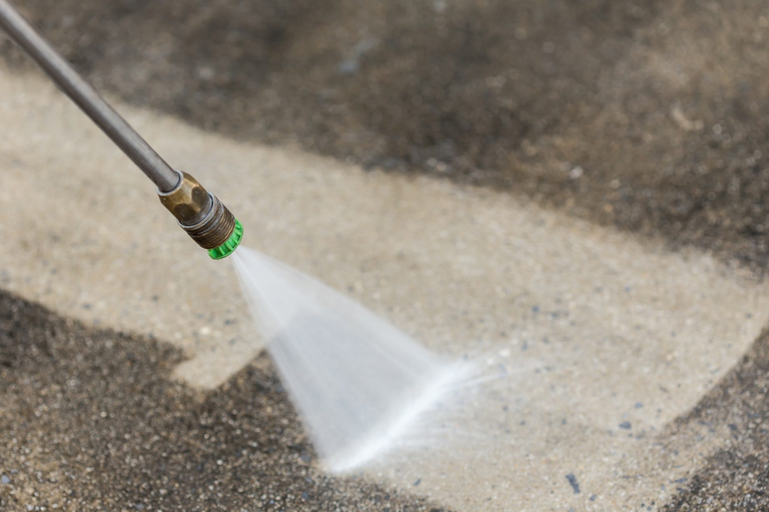
If you have an old concrete floor at home or in your weekend house, you probably know from your own experience that a concrete floor loses quality over time. It cracks, is uneven and mould forms. A brittle floor is very difficult to clean and mould cannot be removed only with a strong jet of water. This only helps temporarily and does not solve the problem. Are you annoyed by recurring mould? Read some tips to make your fight against mould easier.
Cracks and mould on concrete floors are quite common occurrences, both indoors and outdoors. Not only do such areas not look nice, mould also poses a health risk. It causes allergies, eye inflammation, asthma, joint pain, inflammation of the respiratory tract, and some mutations can even lead to pneumonia and, subsequently, death. Therefore, it is in your interest to remove mould as best as possible, be it in the garage, weekend house, holiday home or on the terrace.
First the floor must be cleaned
It is clear that merely cleaning the floor cannot have a lasting effect. However, this is the step to start with. There are several ways to do this. The easiest is to remove the mould with a strong jet of water, but then it takes a long time for the concrete to dry. And if they fail to ventilate the rooms properly, the mould will continue to thrive.
An alternative is to use various chemical agents, steam cleaners or products that are constantly used in the household. You can also use bleach or vinegar to combat mould, but these must not be diluted. You should be very careful with bleach because it can irritate the respiratory tract. Probably the most reliable solution is chemical means to fight mould.
However, this does not end the problem. What should I do after removing the mold so that it does not reappear?
A penetration coating is an economical variant
If you are looking for a simple solution, we recommend a penetration paint. Before its application, the floor must be perfectly dry, otherwise the paint will bring more worries than benefits. It is absorbed by the dry concrete, thus sealing the floor and preventing the formation of mold and moss.
Penetration paints do not cost very much and the application is very simple, even without outside help. However, these do not help when leveling a friable surface. In such a case should still apply a topcoat.
A cement screed is not recommended for a damp substrate
If the room where the concrete floor is located is very damp, cement screed is the completely wrong solution. This is because with the coating you close the surface of the concrete and prevent moisture from evaporating. Over time, the surface will loosen and mould will continue to thrive.
If you want to use a screed, the concrete should be insulated against moisture and properly dried out. Then it is an effective solution that frees the surface from unevenness.
Above all, you should not enclose the moisture in the floor with tiles
If you decide to lay one more layer on top of the concrete, tiles are another option. However, these should not be simply laid on the floor. It is recommended to first apply a penetration coating, respectively, insulate the concrete floor, so that the absorbency of the material is reduced. Otherwise, the concrete may again absorb moisture, which could cause mold.
Bottom of terramondi tiles
If you are looking for a solution for a constantly damp room, then you are better off with terramondi PVC tiles. This is because they have a unique system of drainage channels on the underside that counteract moisture. No moisture means no mold. In addition, PVC tiles are laid freely, so the flooring can be dismantled at any time to allow the concrete to dry, possibly apply a new penetration coating to protect against mold and lay the tiles again. This is not possible with ceramic tiles.
Which flooring is the best to ensure that mold never reappears?
Remember that mold is bad for your health. So do not hesitate and invest a little more money. Just forget about a penetration paint, it does not help much. Better not risk and do not use cement screed, because once you seal the floor, you will not know what happens inside until the top layer cracks. This also applies to ceramic tiles. However, if you don't underestimate the penetration coating, it might work - but if you don't live in a flood zone. There it would be better to use a flooring that can be removed, dried and re-installed.
The PVC tiles terramondi give them the opportunity to remove the receipt at any time. to see if the fight against mold is won. In any case, it makes sense to apply a penetration coating under the PVC tiles as well. Do everything possible and do not give mold a chance. As a reward, you will have a floor that is harmless to health.
